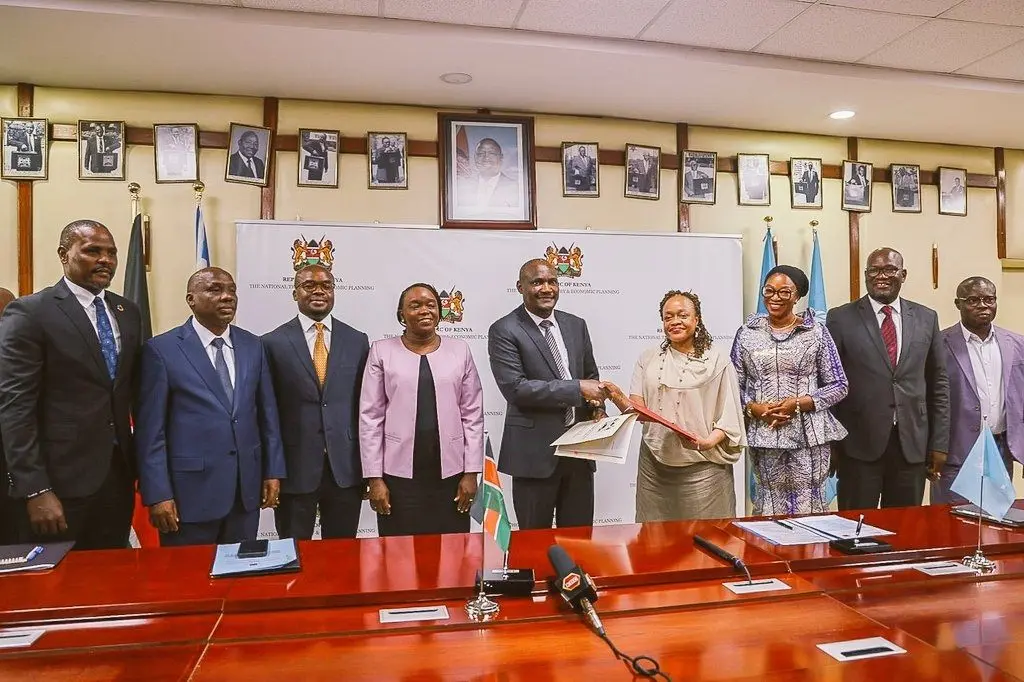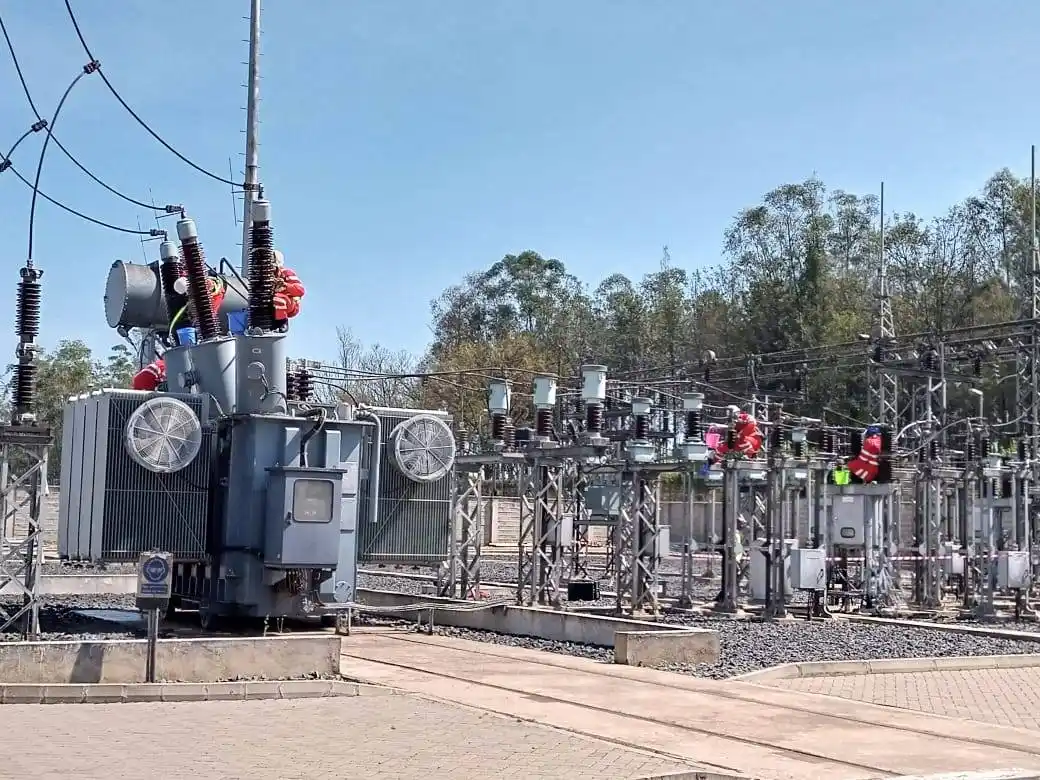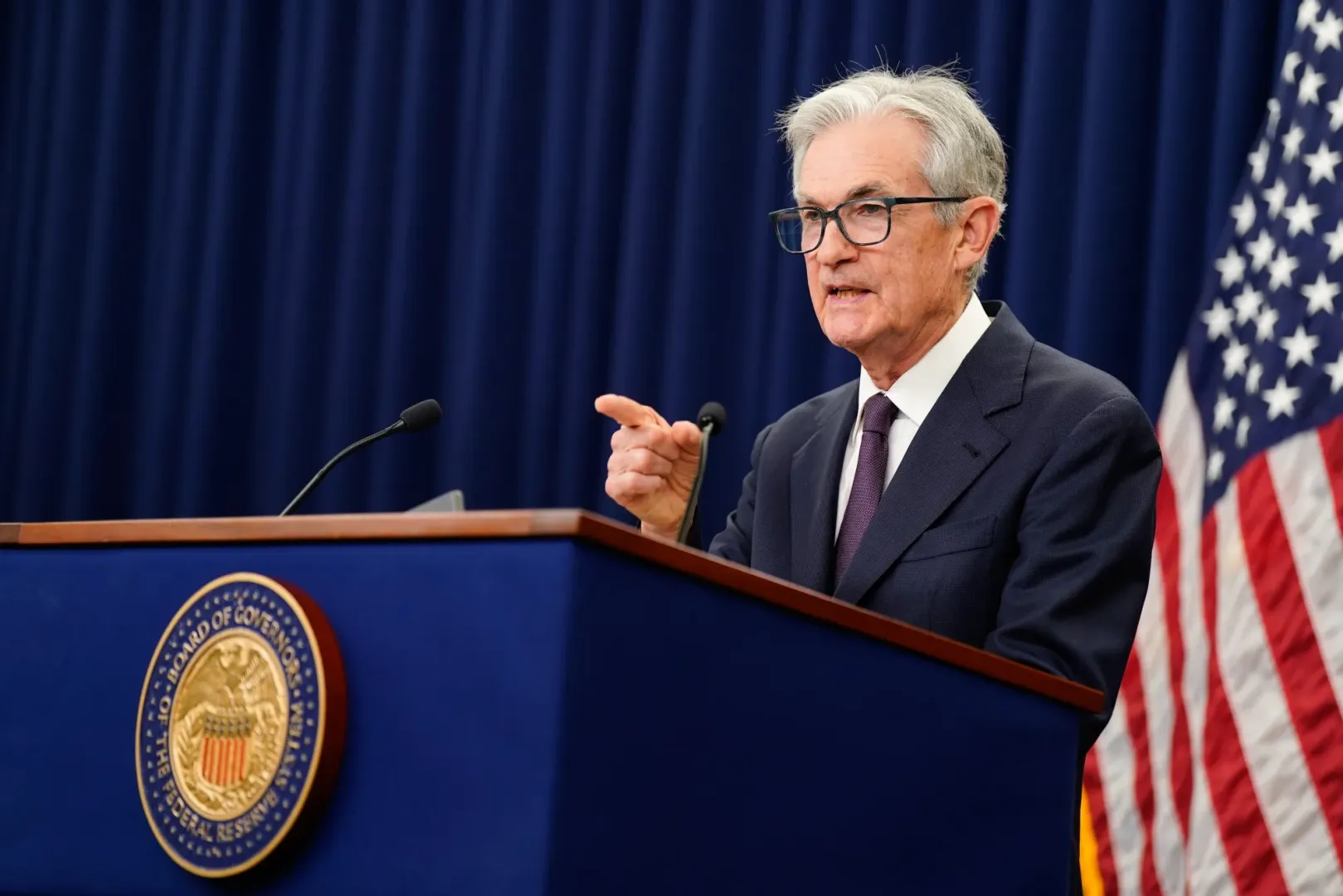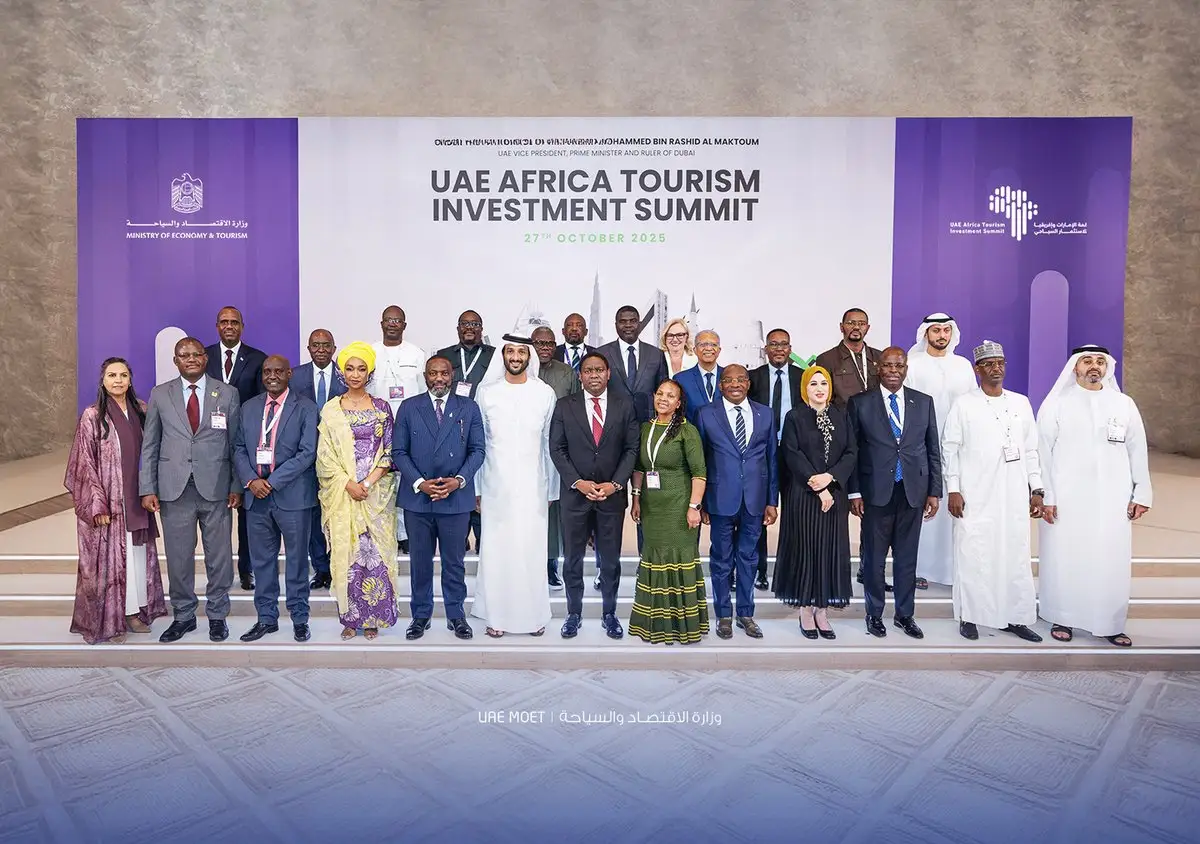In a landmark commitment to safeguarding the environment and uplifting rural communities, the International Fund for Agricultural Development (IFAD) and the Government of Kenya have formally signed a transformative US$126.8 million agreement. This significant co-financing initiative is earmarked for a comprehensive investment project specifically designed to build resilience against the escalating impacts of climate change and to profoundly improve the livelihoods of over two million vulnerable rural Kenyans. This ambitious new initiative, aptly named the Integrated Natural Resources Management Programme (INReMP), is slated to run for an extensive eight-year period, building strategically upon the proven successes and valuable lessons learned from previous, smaller-scale IFAD interventions undertaken within the country.
At its heart, INReMP sets its sights on two of Kenya’s most ecologically vital and strategically important natural assets: the Cherangany Hills and the Mau Forest. These areas are renowned as critical water towers, essential not just for local communities but for the entire nation’s water supply, agricultural productivity, and biodiversity. The program’s fundamental design is to empower the rural communities residing in and around these crucial ecosystems to manage their natural resources far more sustainably, thereby proactively safeguarding their future against the increasingly unpredictable and severe consequences of climate change.
Project Goals: A Holistic Approach to Food Security, Climate Resilience, and Sustainable Livelihoods
INReMP’s core mission is multifaceted and deeply integrated: it aims to enhance food security, improve nutrition outcomes, and boost income generation for vulnerable populations. This will be achieved primarily by vigorously promoting and implementing sustainable ecosystem practices across the targeted regions. A sharp and deliberate focus will be placed on engaging and empowering traditionally marginalized groups, particularly women and youth, recognizing their critical role in both environmental stewardship and economic development. The programme will actively support concerted efforts to combat the severe environmental degradation that has historically undermined agriculture, critically impacted water access, and eroded the foundation of livelihoods in these ecologically sensitive areas.
According to Sara Mbago-Bhunu, IFAD Regional Director for East and Southern Africa, the initiative represents a strategic scaling-up of proven models. “Natural resource management is linked to livelihood activities, and agroforestry can be sustainable and provide multiple benefits. INReMP will scale up interventions that have already shown impact in our past projects in Kenya,” she affirmed. This emphasis on evidence-based scaling is crucial for ensuring the long-term effectiveness and sustainability of the program.
Climate and Environmental Challenges: A Looming Threat to Kenya’s Agricultural Heartland
Kenya’s agricultural sector is the undisputed bedrock of its economy and society. It contributes a substantial 33% to the national Gross Domestic Product (GDP) and is the primary employer for an overwhelming 53% of the country’s population (Kenya National Treasury Climate Finance Policy, related to broader economic data). This critical sector, however, finds itself increasingly under severe duress from the twin pressures of escalating climate change impacts and deeply entrenched, unsustainable land-use practices.
Kenya is highly vulnerable to climate change, ranking 52nd globally in climate vulnerability according to various international indices. Projections indicate alarming temperature increases between 1.5°C to 2.5°C by 2046–2065 (Kenya National Climate Change Action Plan), exacerbating existing challenges. The country is already grappling with the harsh realities of unpredictable rainfall patterns, more frequent and intense droughts, and devastating floods. These extreme weather events directly translate into compromised crop yields, decimated livestock, and severe degradation of vital natural resources, threatening food security and livelihoods across the nation. For instance, the recurring droughts in the Horn of Africa, including Kenya, have led to acute food crises, displacement, and increased poverty in arid and semi-arid lands (UNOCHA on Horn of Africa Drought). Conversely, heavy rainfall seasons often lead to destructive floods, causing soil erosion, infrastructure damage, and loss of life, further impacting agricultural productivity.
The Cherangany Hills and the Mau Forest Complex are not merely geographical features; they are two of Kenya’s five major “water towers” (Kenya Forest Service on Water Towers). These elevated areas, characterized by dense forests and high rainfall, act as vital catchments, capturing and storing rainwater that then feeds numerous rivers, lakes, and groundwaters across the country and even into neighboring nations. Rivers originating from these water towers supply water for major cities, irrigation for vast agricultural lands, and feed hydroelectric power plants that are critical for Kenya’s energy supply. They are also biodiversity hotspots, home to unique flora and fauna, and play a crucial role in carbon sequestration.
However, these indispensable ecosystems are under severe threat. Rural populations residing in these regions, often driven by poverty and a lack of alternative livelihoods, resort to rampant deforestation for timber, charcoal production, and agricultural expansion. This leads to widespread soil erosion, as fertile topsoil is washed away, reducing agricultural productivity and silting up rivers and dams. The result is increasing water scarcity in downstream areas, impacting communities, agriculture, and hydroelectric power generation. Over-exploitation of resources, coupled with poor land management practices such as overgrazing and inappropriate farming techniques, further intensifies these environmental problems, creating a vicious cycle of degradation and vulnerability. The pressure on these water towers also contributes to human-wildlife conflict as habitats shrink and resources become scarcer.
Multi-Level Interventions for Lasting Impact: INReMP’s Strategic Pillars
INReMP addresses these complex and interconnected issues through a meticulously planned, multifaceted approach that combines environmental conservation with sustainable economic development. Its interventions are designed to create lasting positive impact at community, ecosystem, and national levels:
- Restoration of Ecosystems: This pillar focuses on healing and revitalizing degraded natural environments. Specific activities will include:
- Sustainable Forest Management: Promoting community-led reforestation and afforestation initiatives using indigenous tree species, enforcing sustainable logging practices, and combating illegal logging. This also involves fire management and protection strategies.
- Wetland Conservation: Protecting and restoring vital wetlands, which act as natural water filters, flood regulators, and biodiversity havens. This can involve discouraging encroachment and promoting sustainable resource use.
- Rangeland Rehabilitation: Implementing rotational grazing, reseeding degraded pastures with drought-resistant grasses, and establishing water points to alleviate pressure on critical rangelands, which are crucial for pastoralist communities.
- Arable Land Management: Promoting sustainable farming practices such as terracing on slopes to prevent soil erosion, contour plowing, and the use of organic fertilizers to improve soil health and water retention. This reduces the need for constant land expansion into sensitive areas.
- Conflict Mitigation: Natural resource degradation often fuels conflicts among communities vying for scarce resources like water and fertile land. INReMP aims to reduce these resource-based conflicts through:
- Equitable Access Mechanisms: Developing and implementing fair systems for accessing and sharing natural resources, particularly water, grazing lands, and forest products, based on community consensus.
- Community Engagement and Governance: Establishing and strengthening community-led resource management committees, empowering local populations to make informed decisions about their natural assets. This fosters a sense of ownership and collective responsibility.
- Alternative Dispute Resolution: Training local leaders and community members in conflict resolution techniques to peacefully address disagreements over resource use, preventing escalation.
- Land Tenure Security: Addressing issues of unclear land ownership and tenure, which can often be a root cause of disputes and unsustainable land use.
- Climate-Proof Infrastructure: Investing in infrastructure that is resilient to future climate variability and extreme weather events is a cornerstone of INReMP. This includes:
- Efficient Irrigation Systems: Developing and upgrading small-scale, climate-resilient irrigation systems (e.g., drip irrigation, solar-powered pumps) that conserve water and ensure consistent supply to farms even during dry spells, enhancing agricultural productivity and food security (FAO on Climate-Smart Agriculture).
- Renewable Energy Solutions: Promoting decentralized renewable energy sources like solar mini-grids for lighting, water pumping, and processing agricultural products, reducing reliance on fossil fuels and providing clean energy access to rural homes and businesses.
- Water Harvesting and Storage: Investing in techniques such as rock catchments, earth dams, and communal water pans to collect and store rainwater during wet seasons for use during dry periods, enhancing water availability and resilience.
- Climate-Resilient Road Networks: Designing and constructing rural roads that are less susceptible to erosion and damage from heavy rains and floods, ensuring year-round access to markets for agricultural produce and access for emergency services.
- Livelihood Enhancement through Climate-Smart Agriculture (CSA): This pillar focuses on empowering rural communities economically by promoting sustainable and profitable agricultural practices. Climate-Smart Agriculture (CSA) is an approach that helps guide actions to transform agri-food systems towards green and climate-resilient practices. It aims to achieve three main objectives: sustainably increasing agricultural productivity and incomes; adapting and building resilience to climate change; and reducing and/or removing greenhouse gas emissions (FAO on Climate-Smart Agriculture).
Specific income-generating activities and CSA practices promoted will include:- Improved Dairy and Poultry Farming: Introducing improved livestock breeds that are more resilient to local conditions and have higher productivity (e.g., better milk yield or egg production). This involves training in modern animal husbandry, feed management, disease control, and value addition (e.g., milk chilling, processing small dairy products, egg packaging for better market prices). Access to veterinary services and market linkages for dairy and poultry products will also be enhanced.
- Apiculture (Beekeeping): Promoting beekeeping as a low-cost, high-value, and environmentally friendly income-generating activity. Beekeeping has minimal environmental footprint, supports pollination of crops (benefiting broader agriculture), and produces valuable products like honey, beeswax, and propolis. Training in modern beekeeping techniques, hive management, and honey processing will be provided, along with market access for bee products.
- Horticulture: Focusing on the cultivation of high-value fruits, vegetables, and flowers. This includes promoting the use of drought-resistant and early-maturing crop varieties, implementing protected cultivation techniques (like simple greenhouses) to manage water and temperature, and connecting farmers directly to urban markets and export opportunities to ensure better prices and reduce post-harvest losses. Training on crop diversification and soil health management will also be key.
- Agroforestry: A critical component of CSA, agroforestry integrates trees and shrubs into agricultural landscapes and farming systems. This practice offers multiple benefits: it improves soil fertility through nitrogen fixation and organic matter addition, provides shade for crops and livestock, yields timber, fuelwood, and non-timber forest products (e.g., fruits, medicinal plants), and plays a significant role in carbon sequestration, contributing to climate change mitigation. It also helps in combating soil erosion and improving water infiltration.
- Value Chain Development and Market Linkages: Beyond production, the project will support the development of robust value chains for selected products, helping farmers process, package, and market their produce more effectively. This reduces reliance on middlemen, increases farmers’ incomes, and ensures greater food security by reducing waste and improving supply.
- Financial Literacy and Business Skills Training: Providing rural communities, particularly women and youth, with essential financial literacy and basic business management skills. This includes training on savings, credit management, market analysis, record-keeping, and entrepreneurship, empowering them to manage their new incomes and ventures sustainably.
Hon. FCPA John Mbadi Ng’ong’o, Cabinet Secretary of The National Treasury and Economic Planning, articulated the broad significance of the initiative: “This programme is not just about conserving the environment, it’s about securing the livelihoods of our rural communities, restoring their natural resources, and building resilience for future generations.” His statement underscores the Kenyan government’s holistic view of the project, recognizing that environmental protection and economic empowerment are intrinsically linked.
Broad-Based Financial Support and Future Partnerships: A Collaborative Model
The total estimated cost of the INReMP initiative is a substantial US$262.8 million, reflecting the scale and ambition of its objectives. This significant investment is being mobilized through a truly diverse and collaborative range of stakeholders, showcasing a strong commitment from both international development partners and the Kenyan government:
- IFAD: As the lead co-financier, IFAD is contributing the largest share of US$126.8 million. IFAD is a specialized agency of the United Nations dedicated to eradicating poverty and hunger in rural areas of developing countries (IFAD official website). Its investment underscores its long-standing commitment to Kenya and its expertise in rural development and climate resilience.
- Green Climate Fund (GCF): Contributing US$40 million, the GCF is the largest dedicated climate fund in the world, supporting developing countries to limit and reduce their greenhouse gas emissions and adapt to climate change (Green Climate Fund official website). Its involvement highlights INReMP’s strong climate adaptation and mitigation components, making it a globally recognized climate action initiative.
- Government of Kenya: Demonstrating strong national ownership and commitment, the Government of Kenya is contributing US$23.5 million to the project. This significant domestic contribution is vital for the long-term sustainability and political backing of the initiative. The Kenyan Treasury’s involvement ensures alignment with national development priorities and resource allocation.
- Global Environment Facility (GEF): Providing US$7.14 million, the GEF is a multilateral financial mechanism that provides grants to developing countries for projects that yield global environmental benefits (Global Environment Facility official website). Its support for INReMP underscores the project’s contribution to global biodiversity conservation, land degradation neutrality, and climate change mitigation.
- Private Sector: A contribution of US$10.1 million from the private sector signifies the increasing recognition of sustainable agriculture and natural resource management as viable investment opportunities. This could include investments from agricultural businesses, impact investors, or even local financial institutions providing services to project participants. Private sector engagement is crucial for long-term market sustainability and scaling.
- Project Participants: The direct contribution of US$8 million from the project participants themselves – the rural communities benefiting from INReMP – is a powerful indicator of their ownership and commitment. This “skin in the game” fosters a sense of responsibility, ensures that interventions are demand-driven, and strengthens the sustainability of project outcomes. This could be in the form of labor, in-kind contributions, or small financial contributions.
Crucially, a significant US$47 million financing envelope remains open, actively seeking to attract new investors and development partners. This open funding window highlights the project’s scalability and the potential for greater impact with additional resources. It also serves as an invitation for organizations and philanthropists committed to climate action and rural transformation to join this vital initiative, leveraging existing structures and proven methodologies.
A Legacy of Impact and Collaboration: IFAD’s Enduring Partnership with Kenya
The INReMP initiative is not a standalone effort but builds on a strong and extensive history of IFAD engagement in Kenya. Since its inception in 1979, IFAD and its partners have collaboratively implemented 21 development projects across Kenya. These projects have mobilized an impressive over US$1.2 billion in total investments, demonstrating a long-term commitment to Kenya’s rural development. More importantly, these interventions have directly reached and positively impacted more than 4 million households across the country, significantly improving the lives of millions of rural Kenyans.
IFAD’s approach in Kenya has historically focused on empowering smallholder farmers, enhancing food security, improving rural infrastructure, and promoting sustainable agricultural practices. Projects have often emphasized community-driven development, ensuring that interventions are tailored to local needs and priorities. The cumulative impact of these previous projects provides a robust foundation of experience, data, and established community networks upon which INReMP can build.
INReMP continues this rich legacy with a sharpened and intensified focus on climate resilience, climate adaptation, and community empowerment. By seamlessly integrating environmental restoration efforts with socio-economic upliftment, the INReMP initiative is poised to become a landmark achievement in Kenya’s ongoing development journey. It seeks not only to address immediate challenges but also to create a sustainable and replicable model for climate-resilient rural economies. This model, if successful, could serve as a powerful blueprint for other nations across the African continent facing similar climate and development challenges, showcasing how strategic investment in natural resources and community empowerment can drive enduring transformation and secure a more sustainable future for vulnerable populations. The success of INReMP will demonstrate that investing in nature is investing in people, ultimately leading to more stable livelihoods, healthier ecosystems, and a more resilient national economy for Kenya.
Ready to take your career to the next level? Join our dynamic courses: ACCA, HESI A2, ATI TEAS 7 , HESI EXIT , NCLEX – RN and NCLEX – PN, Financial Literacy!🌟 Dive into a world of opportunities and empower yourself for success. Explore more at Serrari Ed and start your exciting journey today! ✨
photo source: Google
By: Montel Kamau
Serrari Financial Analyst
25th June, 2025
Article, Financial and News Disclaimer
The Value of a Financial Advisor
While this article offers valuable insights, it is essential to recognize that personal finance can be highly complex and unique to each individual. A financial advisor provides professional expertise and personalized guidance to help you make well-informed decisions tailored to your specific circumstances and goals.
Beyond offering knowledge, a financial advisor serves as a trusted partner to help you stay disciplined, avoid common pitfalls, and remain focused on your long-term objectives. Their perspective and experience can complement your own efforts, enhancing your financial well-being and ensuring a more confident approach to managing your finances.
Disclaimer: This article is for informational purposes only and does not constitute financial advice. Readers are encouraged to consult a licensed financial advisor to obtain guidance specific to their financial situation.
Article and News Disclaimer
The information provided on www.serrarigroup.com is for general informational purposes only. While we strive to keep the information up to date and accurate, we make no representations or warranties of any kind, express or implied, about the completeness, accuracy, reliability, suitability, or availability with respect to the website or the information, products, services, or related graphics contained on the website for any purpose. Any reliance you place on such information is therefore strictly at your own risk.
www.serrarigroup.com is not responsible for any errors or omissions, or for the results obtained from the use of this information. All information on the website is provided on an as-is basis, with no guarantee of completeness, accuracy, timeliness, or of the results obtained from the use of this information, and without warranty of any kind, express or implied, including but not limited to warranties of performance, merchantability, and fitness for a particular purpose.
In no event will www.serrarigroup.com be liable to you or anyone else for any decision made or action taken in reliance on the information provided on the website or for any consequential, special, or similar damages, even if advised of the possibility of such damages.
The articles, news, and information presented on www.serrarigroup.com reflect the opinions of the respective authors and contributors and do not necessarily represent the views of the website or its management. Any views or opinions expressed are solely those of the individual authors and do not represent the website's views or opinions as a whole.
The content on www.serrarigroup.com may include links to external websites, which are provided for convenience and informational purposes only. We have no control over the nature, content, and availability of those sites. The inclusion of any links does not necessarily imply a recommendation or endorsement of the views expressed within them.
Every effort is made to keep the website up and running smoothly. However, www.serrarigroup.com takes no responsibility for, and will not be liable for, the website being temporarily unavailable due to technical issues beyond our control.
Please note that laws, regulations, and information can change rapidly, and we advise you to conduct further research and seek professional advice when necessary.
By using www.serrarigroup.com, you agree to this disclaimer and its terms. If you do not agree with this disclaimer, please do not use the website.
www.serrarigroup.com, reserves the right to update, modify, or remove any part of this disclaimer without prior notice. It is your responsibility to review this disclaimer periodically for changes.
Serrari Group 2025












